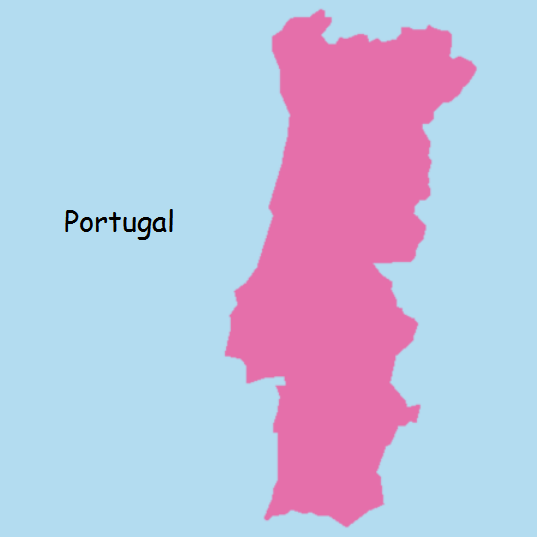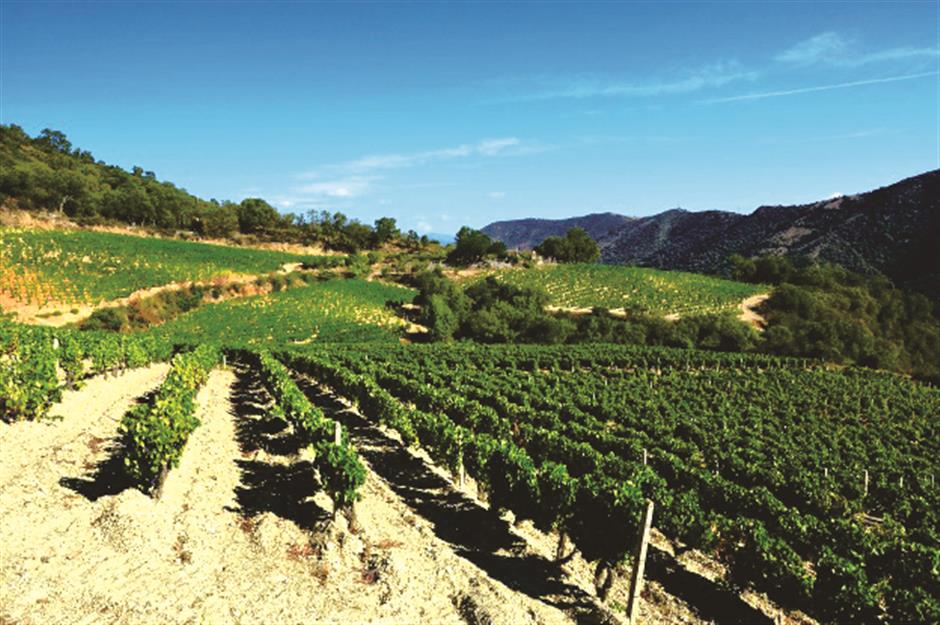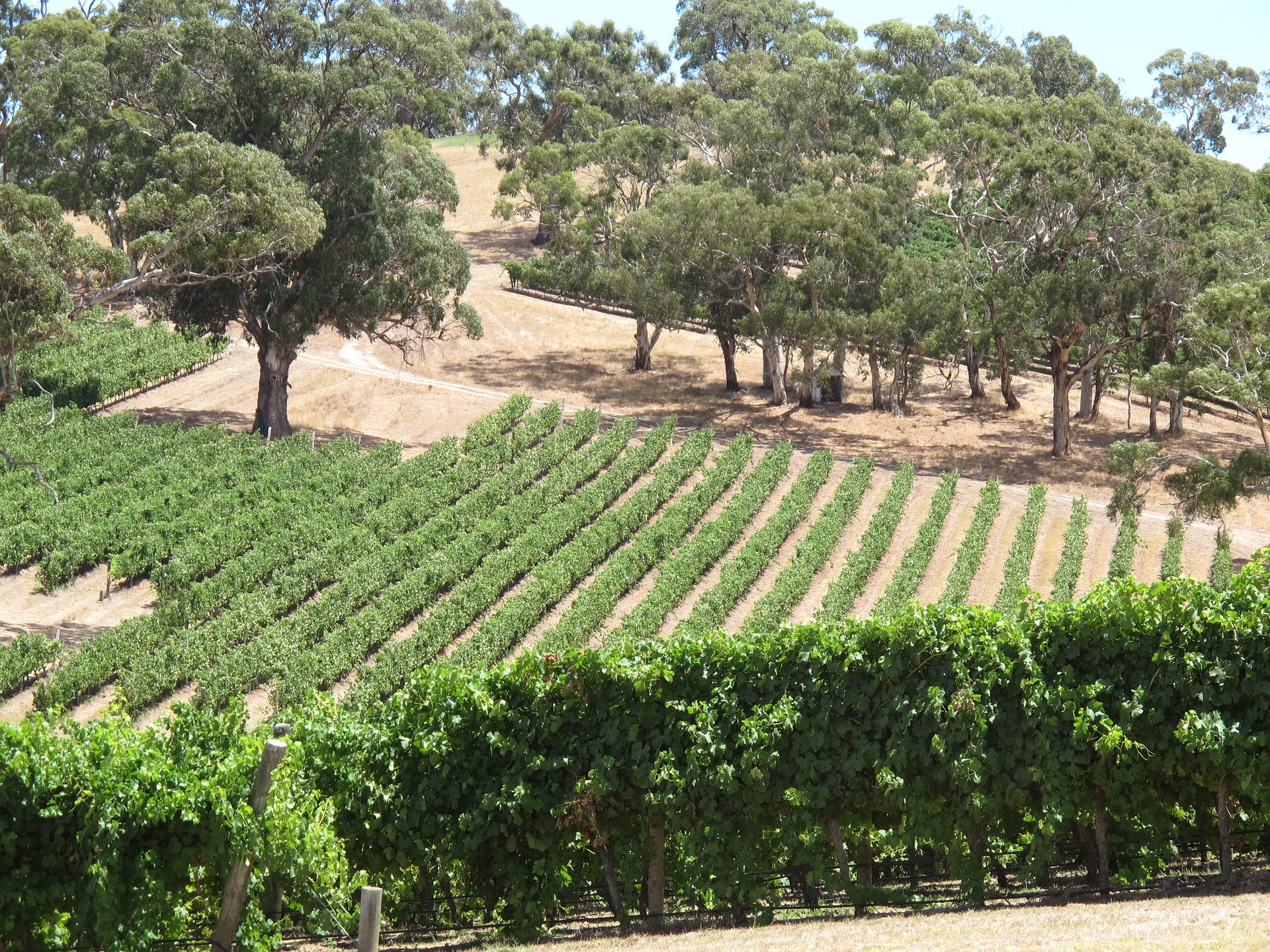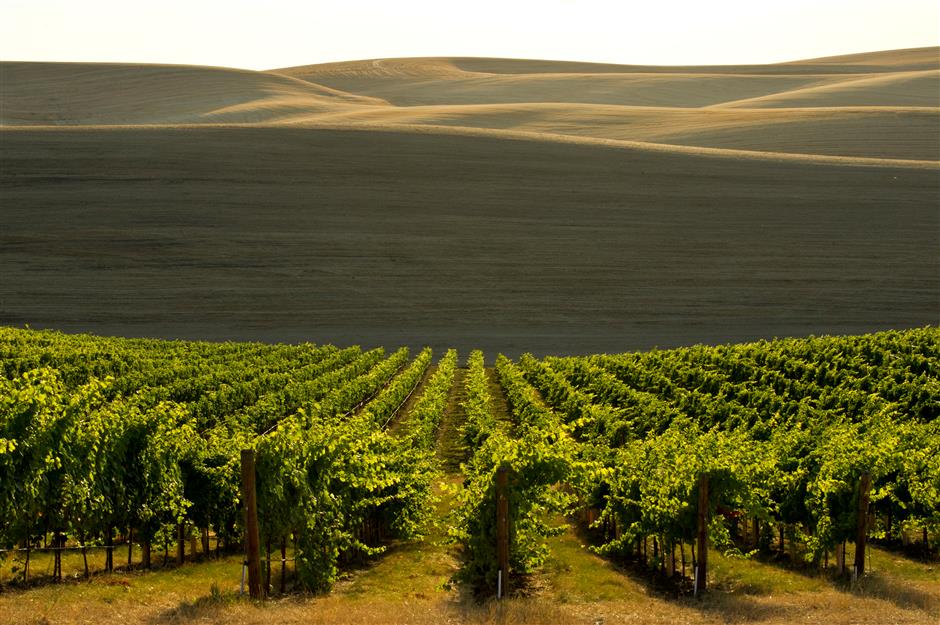Tired of the same old wines from the same old places? Fret not, the wine world is full of surprises and with a little application one can discover some wonderfully different and delicious wines. An excellent example of this is the dry red wines of Portugal. The long wine history of Portugal has seen numerous ups and downs with the downs decidedly prevalent over the last century. Recently there’s been a renaissance of sorts that has made Portuguese wines some of the most intriguing new wine discoveries in the world. However bright the prospects are today, the history of Portuguese wines has been quite tumultuous.

History
Over the past five years archeologists in Portugal have uncovered proof of winemaking by the Tartessian traders in 2000 BC. The Taressian culture is not well understood and some historians believe they were has been linked to the lost city of Atlantis. What is known is their love of wines and wild parties that would last for weeks. The Phoenician traders displaced the Tartessians in the 10th century BC and brought with them new varieties from Greece and the Middle East as well as more advance winemaking techniques. The Celt and Greeks also build settlements in what is now present day Portugal and brought their indigenous vines. As they did elsewhere, the Romans brought winemaking in Portugal to a whole new level making it one of the biggest industries in the Iberian Peninsula.
Since the Treaty of Windsor in 1386, the English have played a principal role in the development of the Portuguese wine industry, principally in the making and popularizing of Port wines. The 1703 Methuen Treaty between the two nations further solidified trading and benefited the Portuguese wine industry. But aside from their trade with the English, the Portuguese wine industry has historically been quite isolated and insular.
After World War II the sweet and off-sweet Mateus and Lancers white and rose wines became very popular in the U.K. and the U.S. at one point accounting for nearly 70 percent of Portuguese wine exports. But these were pretty awful wines and the real revolution in wine quality began when Portugal joined the European Union in 1986. Generous subsidizes from the EU gave small independent producers the capital needed to upgrade their facilities and expertise. Special grants were also allocated for the rediscovery and promotion of native varieties.
While historically the Portuguese wine industry was seemingly split into two: the producers who made Port and those who made everything else, the distinction between the two sides of the industry is now blurred. Large Port companies like Symington who formerly had little to do with dry wines also got into the act and invested substantial sums to make premium quality dry wines. Prior to this, many Portuguese wines and especially the red wines were characterized as being “rustic” and “oxidized” making them unappealing to modern drinkers. The better Portuguese red wines of today are cleaner, softer wines that are increasingly popular in developed markets. Here are some tips on how wine lovers in Shanghai can understand and experience the excellent value quality wines now being made in Portugal.
Varieties
One element that makes the wines of Portugal so intriguing to many, is also something that makes the wines less accessible to many wine drinkers, namely knowing and understanding the native grapes.
There are over 500 indigenous varieties in Portugal and getting to know them is a daunting task. Many of these varietals are largely unknown, even to wine experts. Some of the more important red vine varietals include Touriga Nacional, a dark and fruity grape that’s also used to make Port; Tinta Roriz, a varietal that’s genetically related to Tempranillo; and Baga, a tannic grape that’s the most widely planted red varietal in Portugal. Other grapes you’ll commonly see in red wine blends are Castelão, Touriga Franca and Trincadeira. These are but a few of the native varietals but they are among the most important. Some Portuguese winemakers are also using international grapes like Cabernet Sauvignon and Merlot to make single variety wines or in blends with native varieties.
Regions
The Douro Valley is the largest and oldest wine region in Portugal. In 1756, almost two centuries before the French established their AOC system the Marquis of Pombal created Regiao Demarcada do Douro (demarcated region of Douro). Port is still the most important wine of the region, but Douro also makes many of the best dry wines of Portugal. The Dao region is another important region for dry wines making powerful and tannic red wines that are wonderfully expressive and slightly exotic. Good red wines are also being made in Alenquer, Lagao, Lagos and other regions.
Producers
Many of the exceptional smaller producers of Portugal don’t have importers in China and therefore their wines are almost impossible to find in Shanghai. Some of the larger and more famous importers do have partners here. Possibly the most famous dry red wine of Portugal is Barca Velha made by the Ferreira Port House in the Douro Valley. This is a full-bodied, intense, concentrated wine that needs years several years to age and is sometimes referred to as the Vega Sicilia of Portugal. Of course the price is no where’s near that of Vega Sicilia’s top wines.
Post Scriptum is a joint venture between the Port giant Symington and famous Bordeaux winemaker Bruno Prats who recently visited Shanghai. The wines of Post Scriptum are flavorful, well-made and quite balanced. Another venture of Symington is a wholly-owned company, Symington Family Estates that offers a range of fine reds from the Douro Valley. Another famous French winemaker, Michel Rolland, is helping the Caves Alianca winery make increasingly stylish and nicely-structured wines that like most Portuguese wine are quite reasonably priced. Since 1927, Caves Alianca has made wine in several Portuguese wine regions, but recently their wines have garnered more international attention and acclaim. So the next time you want and flavorful and distinctive red wine that’s quite different than your daily pour, I invite you to discover the red wines of Portugal.





